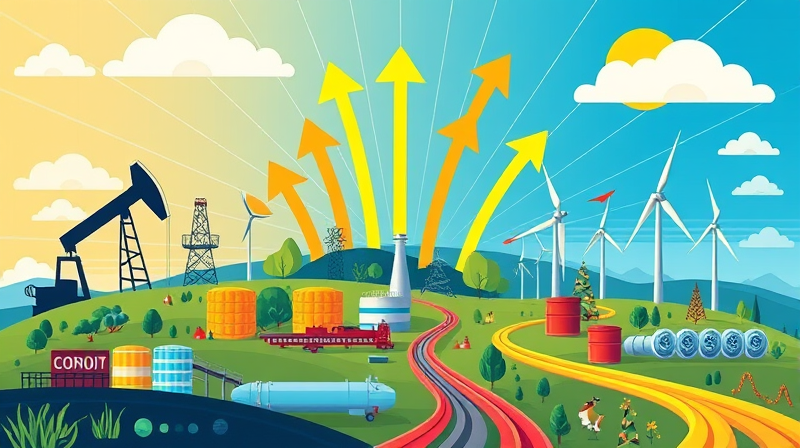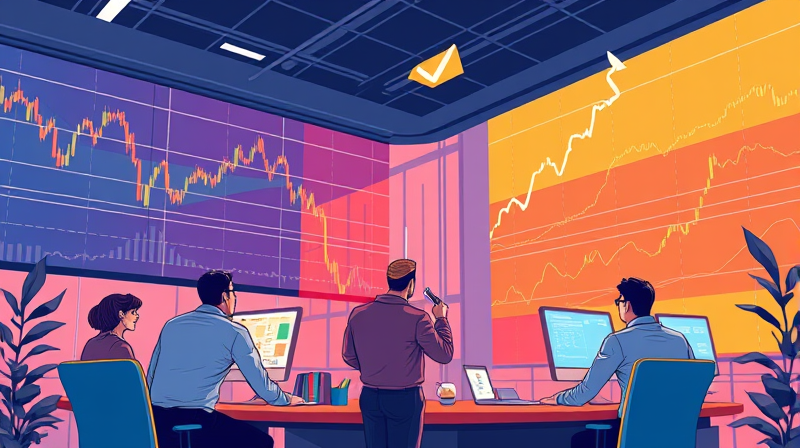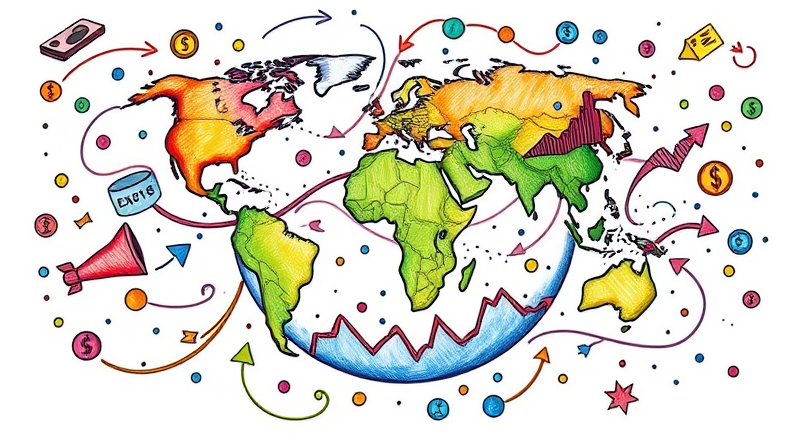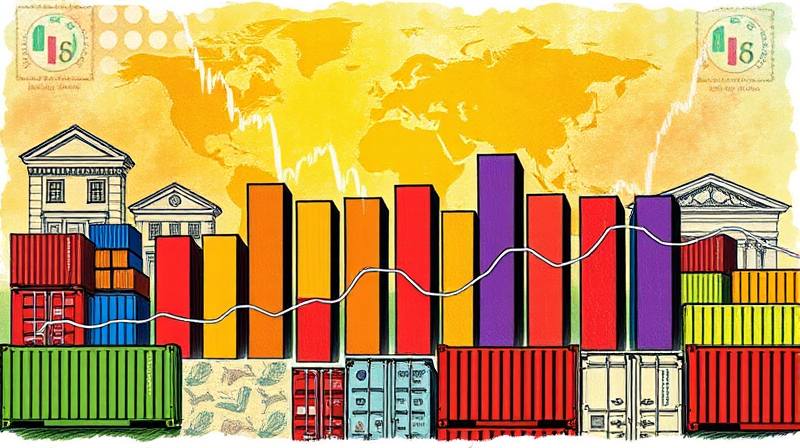
Labor markets around the world are showing signs of gradual cooling, characterized by stable unemployment rates, slowing wage growth, and cautious hiring strategies by employers. This nuanced slowdown reflects a shift from a heated expansion phase toward a more balanced, sustainable labor environment.
Across major economies, labor market indicators are pointing to a still tight but cooling slowly environment. In the United States, the unemployment rate held at 4.2% in May 2025 for the second month, mirroring levels observed since mid-2024. The U-6 rate, which includes underemployed and marginally attached workers, climbed to 8.0% in February 2025, up from 7.5% previously.
Meanwhile, labor force participation remains at 62.4%, and the employment-population ratio stands at 59.9%. Although these figures are healthy by historical standards, they underscore a market in transition. Employment totals dipped by 588,000 to 163.31 million in February, while jobless claims rose by 203,000 to reach 7.05 million unemployed individuals.
The trajectory of labor markets diverges notably across regions, reflecting varying economic conditions, policy responses, and demographic trends.
Although overall hiring is cooling, demand remains robust in certain sectors. Technology, healthcare, and financial services continue to seek talent, especially in roles focused on data, digital transformation, and advanced analytics.
Organizations are increasingly adopting a skills-first focus, placing less emphasis on formal degrees and more on demonstrable capabilities. This shift is driven by the need for specialized knowledge in areas such as artificial intelligence, cybersecurity, and biotechnology.
Green jobs are also on the rise as governments and corporations commit to sustainability targets. Renewable energy projects and climate-related initiatives are generating new opportunities, with roles in project management, engineering, and environmental analysis in high demand.
Wage growth in the U.S. and Canada has moderated, aligning with easing inflationary pressures. In the U.S., inflation has edged closer to the Federal Reserve’s 2% objective, bolstering prospects for a soft landing and potential rate cuts as early as September 2025.
In Europe, the European Central Bank faces similar dynamics, balancing slower wage acceleration against persistent economic headwinds. Cooling labor costs support central banks’ efforts to control price pressures without precipitating a recession.
Immigration and emigration policies further influence labor supply. Canada’s and Europe’s skilled migration programs are being recalibrated to address demographic shortfalls and fill critical roles in healthcare and technology sectors.
Technological adoption, particularly in generative AI and automation, continues to reshape job content. While automation displaces certain routine tasks, it also creates roles requiring advanced skill sets. The net impact varies by sector, with manufacturing and administrative services most at risk.
Remote and hybrid work arrangements have stabilized after an initial surge during the pandemic. Many organizations now adopt a mixed model, balancing in-office collaboration with the flexibility employees have come to expect.
Key risks to the labor market outlook include further geopolitical tensions, unexpected trade policy shifts, and potential spikes in unemployment if economic growth falters. Employers and policymakers must remain vigilant to prevent abrupt market corrections.
As labor markets transition from rapid expansion to measured growth, stakeholders must adapt. Job seekers can leverage the expanding green economy and climate jobs by acquiring new skills in renewable energy and sustainability.
Employers should focus on workforce development, investing in training programs that bridge skill gaps and support career progression. By embracing flexibility and prioritizing quality hires, organizations can build resilience against future shocks.
Policymakers play a critical role by ensuring immigration frameworks and upskilling initiatives align with evolving market needs. Coordinated action will be essential to sustain economic growth while maintaining labor market stability.
Ultimately, the gradual cooling of labor markets presents both challenges and opportunities. By understanding emerging trends and proactively responding, individuals, companies, and governments can navigate this new phase and foster a balanced, dynamic future of work.
References













